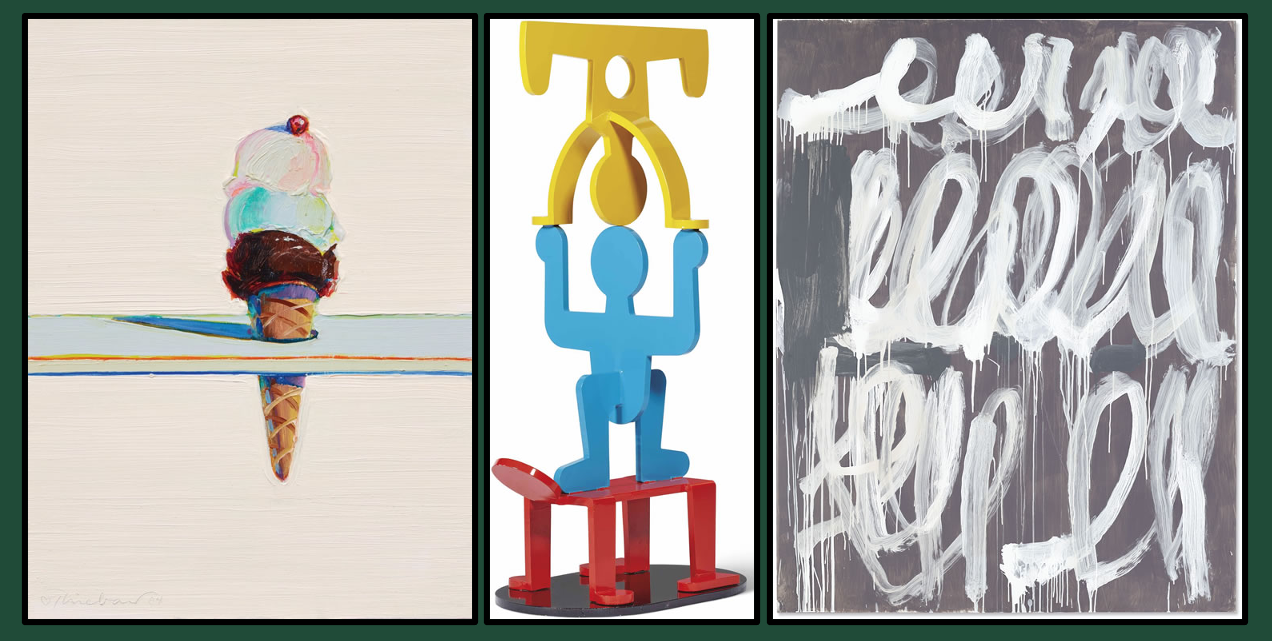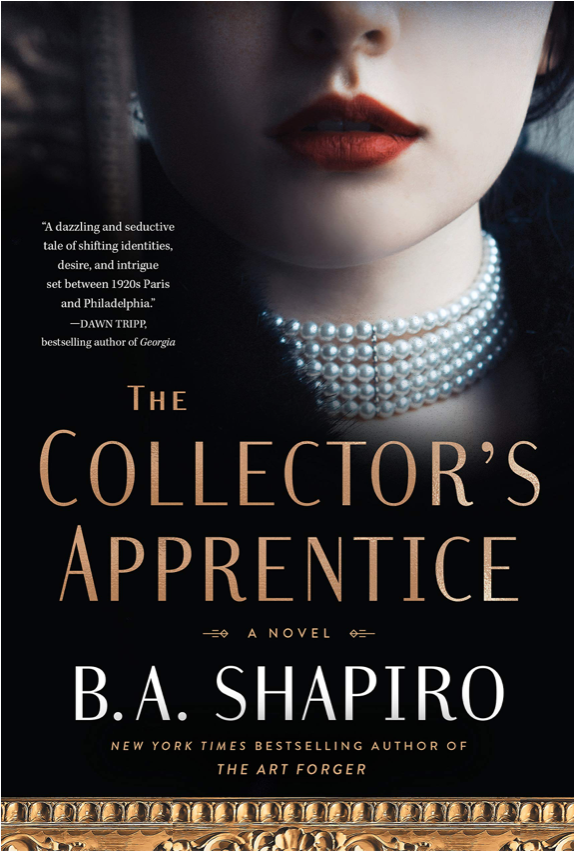Several clients have asked me for collection advise this year, so I wanted to compile a list and share my thoughts. Here are My Tips for Building an Amazing Collection of Art.
My Tips for Building an Amazing Collection of Art
· The oldest advice is still the best… buy what you like and want to live with. The corollary to that advice is to know what you are buying. The more knowledgeable you are, the better pieces you will choose.
· If you are interested in work by living artists, get involved in your local gallery scene. Local dealers normally have a stable of artists they represent. They curate their stable of artists based on their own tastes and are happy to tell you all about any of their artists. Local galleries also host openings and gallery walks that are fun social events where you can meet the artists, see the work in person, and ask any questions you have.
· Consider visiting and buying from multiple dealers. Your local gallery dealers’ association likely has ‘art walk’ events where they coordinate their openings a couple of times a year. It’s the art equivalent of a ‘pub crawl,’ and a great deal of fun whether you imbibe in the free refreshments or not.
CADD - Contemporary Art Dealers of Dallas
· When you travel, visit local galleries. You might find a new artist to collect and a good piece of art is a better remembrance from a vacation than a cheap tchotchke.
· Be aware of Art Fairs in your area - there are art festivals and craft shows throughout Texas and in neighboring states that are worth attending. Fairs let you see and support one-of-a-kind work from emerging and local working artists and they are a great way to meet the artists in person and chat about their work. In DFW there is the Dallas Art Fair, the Denton Jazz Festival, the Deep Ellum Arts Festival, the Houston Music & Arts Festival, the Main Street Fort Worth Arts Festival, the The Woodlands Waterway Arts Festival, Art in the Square in Southlake . . . to name a few.
· In a retail gallery, a gentle hint about discounts can pay off. Many galleries give their return clients a small discount as a client loyalty bonus, 10-15% is common. It never hurts to gently ask for a discount.
Scottsdale Art Auction, 2016 - The auctioneer is taking bids on an original Kyle Polzin painting
· If you are interested in earlier works, pieces by deceased artists, pieces by internationally known artists or pieces by western artists. consider buying at auction. With today’s fast online communications, collectors are finding it easy to buy great pieces directly from auction. Although attending in person is fun, exciting, and highly recommended, you can also bid online and watch the auction live online. If you’ve never bought at auction and want some help, we are available to advise you or place proxy bids on your behalf.
· If you want to buy at auction, check out the auction house before you bid. You want to buy from a business with a great reputation. I would avoid the ‘online-only’ category, the weekend-hotel ballroom bankruptcy auction, and any auction on a cruise ship.
· Consider getting pre-purchase advice when considering a new piece. Call when you are considering a piece and let an appraiser do some background research before you buy. The fees you pay for a few hours of research can give you objective information on the artwork and help you know the fair range to pay. Knowing the fair range to pay can give you a strong negotiating position and save a LOT of money.
· If you want to collect prints, spend some time learning about the different types of printmaking. There are lots of different ways prints can be created. Each has a specific look. This is a bit over-simplified, but the most important thing to know is this… is the print original or a reproduction? Original prints are collectible. Reproduction prints use photomechanical technology to copy the work of an artist. Reproduction prints are wall décor. They will never be collectible. Original prints might be collectible and might rise in value. There are no guarantees, of course. Just avoid reproduction prints and stick to collectible prints.
As always, give us a call or shoot us an email with any of your fine art needs, we are happy to help!
-Brenda






















